About Streamflow Permanence
Streamflow permanence is the degree to which rivers and streams maintain surface flow conditions. Streamflow is a fundamental driver of riverine ecosystems and its permanence classification is a major component of species vulnerability assessments, land management activities, and water quality regulations.
What is Streamflow Permanence?
Streams that go dry (non-perennial streams) are abundant across the U.S. and are not limited to just arid or dry landscapes. In temperate or wetter geographies, streams that tend to not have year-round flow and are prone to drying are typically smaller, headwater streams.
Distribution of perennial and non-perennial streams in the Contiguous U.S.

Perennial
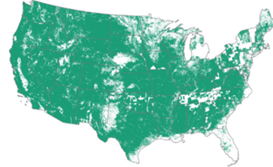
Non-Perennial
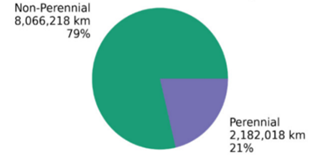
Streamflow permanence varies across space where some sections of streams may have year-round flow and other sections go dry. In the figure below, blue pixels indicate higher probability of year-round flow and red pixels indicate lower probability of year-round flow.
Predicted average annual probability of year-round flow in the Blackfoot River Basin near Deer Lodge, Montana
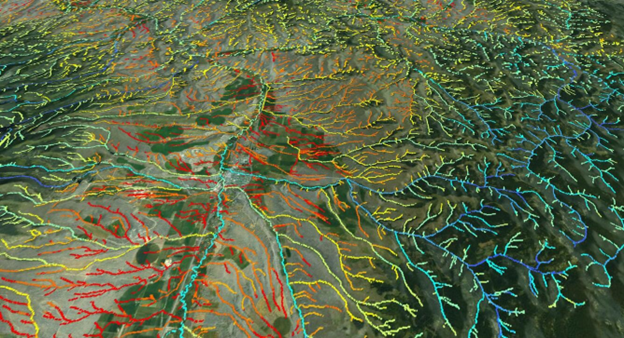
We don’t always know where and when streams go dry. Understanding and predicting the timing, frequency, duration, and extent of drying events is an active area of research.
A small stream near Blewett Pass, Washington
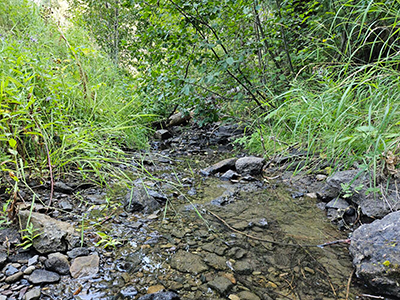
Wet conditions were observed in late summer.

Dry conditions were observed in late summer.
Why is Streamflow Permanence Important?
Streamflow permanence classifications can have regulatory implications for some small streams.
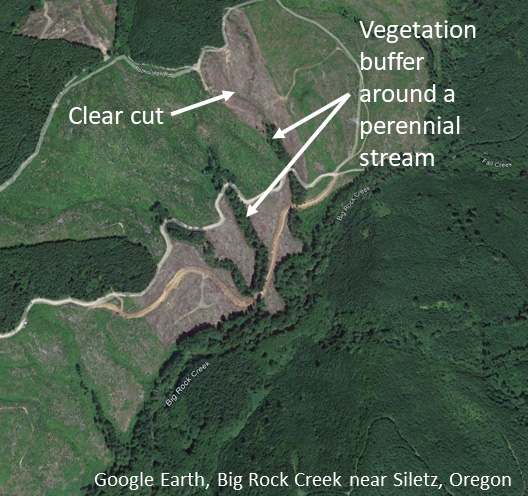
Presence and absence of surface flow in streams matters for stream dwelling organisms and stream and riparian ecosystem function. Predicting if a stream will go dry in a given year can be important for planning purposes such as administering annual grazing permits.
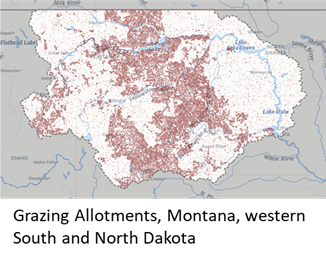
Presence and absence of surface flow in streams matters for stream dwelling organisms and stream and riparian ecosystem function.

